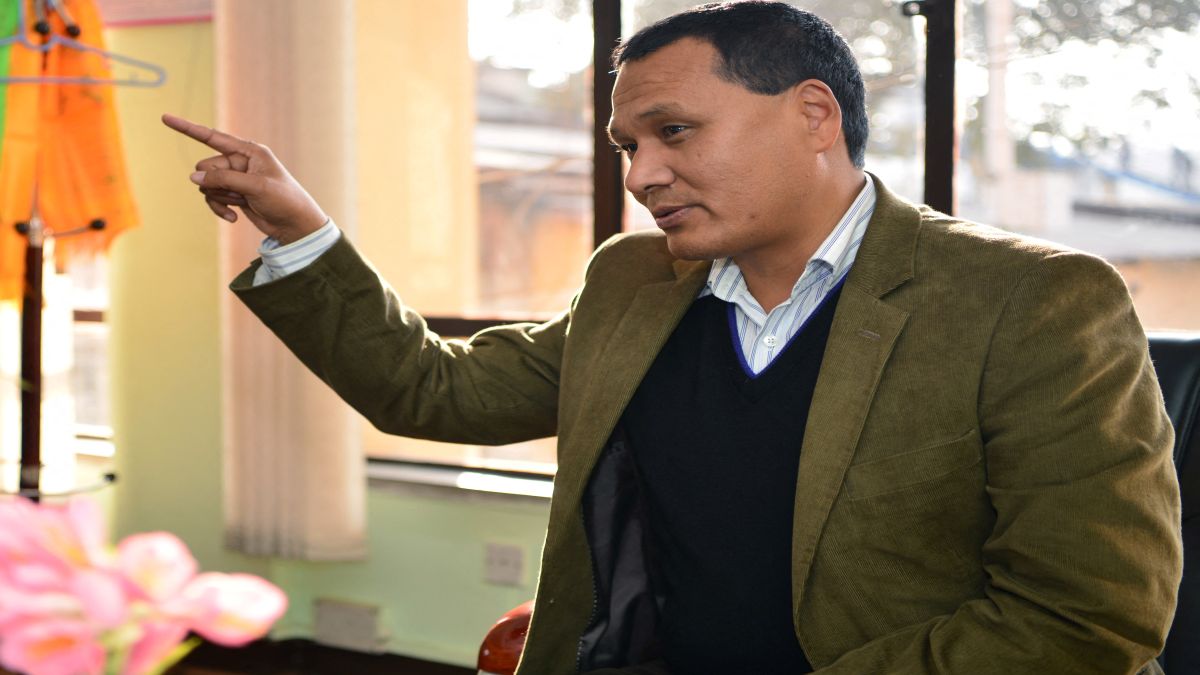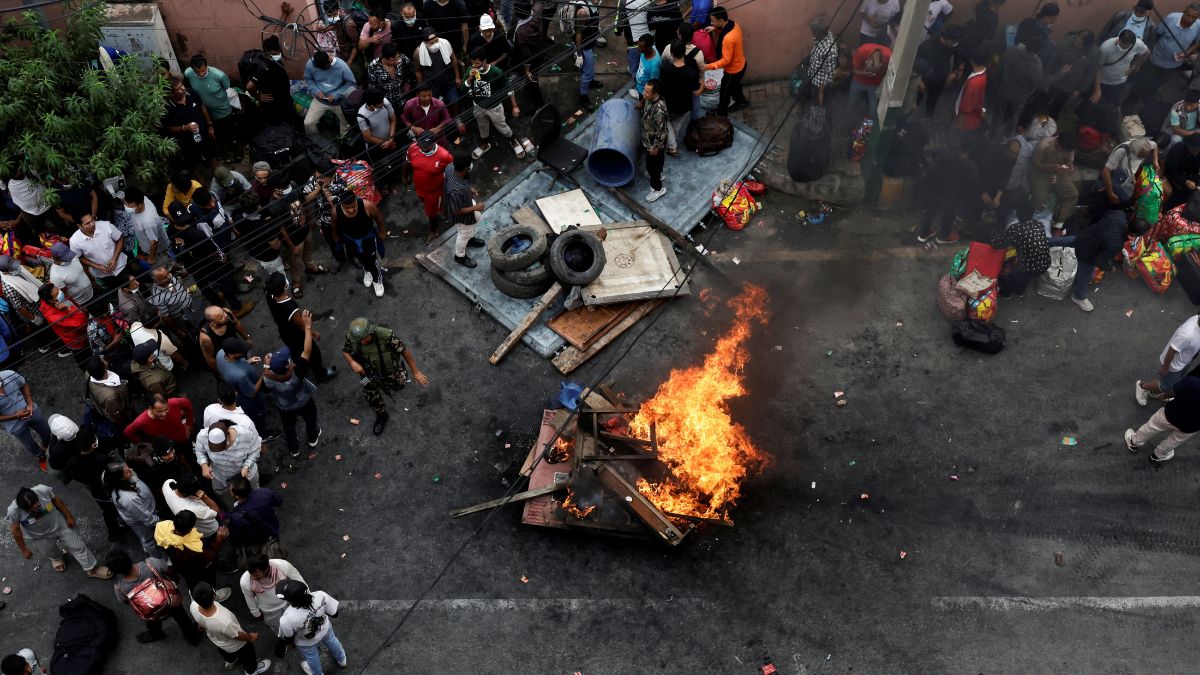The political situation in Nepal is changing by the minute. After Prime Minister KP Sharma Oli resigned amid the Gen-Z protests, the race is on to find an interim chief, who can run the country.
And in this race, the frontrunner keeps changing. After the name of Sushila Karki, Nepal’s former chief justice, emerged as the lead contender to be the interim prime minister, now it seems that the name of Kulman Ghising, the former CEO of Nepal Electricity Board, is poised to take charge.
But who is Ghising? And why is he tipped to be Nepal’s next interim chief over Karki?
Life of Kulman Ghising
After the resignation of KP Sharma Oli, the Gen-Z protesters are having discussions with the Nepal army as to who should be in charge of the Himalayan nation. According to people close to the Gen-Z protesters, they have put forth the name of Kulman Ghising, the former managing director of the Nepal Electricity Authority (NEA).
The Gen-Z protesters have called the 54-year-old “a patriot and everyone’s favourite”, shocking quite a few people.
But who is this ‘patriot’?
Ghising was born in November 1970 in Bethan, Ramechhap and slowly made his way up the career ladder that saw him last as the head of Nepal’s electricity board. Interestingly, studied electrical engineering at the Regional Institute of Technology in Jamshedpur, India, and later at Pulchowk Engineering College in Nepal. He further supplemented his education with an MBA degree.
In 1994, he joined the Nepal Electricity Authority and made his way through key positions, resulting in him assuming the mantle of the head of the agency in 2016. This was a particularly difficult time for Nepal as it would struggle with extensive hours of load-shedding — as long as 18 hours a day.
At that time, the power-starved nation would struggle with electricity, enduring long hours of no power, which, in turn, affected businesses, education, and households. The situation was so dire that in February of 2016, Nepal declared an “energy emergency” to tide over the acute electricity shortage, announcing it would be importing 50 per cent of its requirements from India.
However, as Ghising took over the NEA, he cut off the dedicated feeds and redistributed the saved power to the public. He also slapped a bill to the industries for a backlog of payments. He also launched an aggressive campaign to upgrade the grid, reduce system loss and pilferage.
He helped turn Nepal from a power-starved nation to a power-strong nation. But Ghising wasn’t without controversy. According to the Himalayan Times, Ghising was at odds with Energy, Water Resources and Irrigation Minister Deepak Khadka, who was reportedly dissatisfied with his independent approach.
And in March 2025, the Nepal government dismissed him from his post.
Ghising in, Sushila Karki out
The emergence of Ghising as Nepal’s interim prime minister comes amid Nepal’s political upheaval, prompted by KP Sharma Oli’s resignation.
Following the veteran politician’s ouster, the Gen-Z proposed a few names — 35-year-old Kathmandu Mayor Balendra Shah or Balen and former chief justice, Sushila Karki.
For many, 35-year-old Balen seemed the right choice to lead Nepal. As Tenzing, a resident of Kathmandu told The Print, “He’s done a fairly good job as mayor, as an independent and won on his own merit. He also doesn’t have any party affiliation so that’s why people like him a lot.”
But Balen, it appears, extended his support to Karki, the country’s first woman chief justice, who earned a reputation for her no-nonsense, anti-corruption stance. In a post on Facebook, he said that he “fully supports the proposal” to push Karki as the candidate.
“The job of this interim government is to hold elections, to give a new mandate to the country,” he added.
According to the Indian Express, Nepal army chief General Ashok Raj Sigdel even held talks with her on Wednesday to persuade her to take up the mantle of interim prime minister.
However, Karki, who retired in 2017 after she was placed under suspension, wasn’t totally convinced to take up the position.
Moreover, there have been divisions within the Gen-Z camp over Karki, with local media citing that they believe she isn’t suitable — both in terms of age and constitutionality. With her being over the age of 70, many believe she will be unable to represent Gen-Z in leadership. Furthermore, they argue that the Constitution prohibits former judges from becoming prime minister; Article 132 of the Nepali Constitution states that no chief justice or a Supreme Court judge can hold any office other than that of a judge.
Nepal remains on the edge
It is not yet clear as to what the structure of the interim government in Nepal will look like. The Nepalese army, however, has begun engaging stakeholders, including the protesters, at various levels. Army spokesperson Raja Ram Basnet told Reuters, “Initial talks are on… we are trying to normalise the situation.”
But with no headway being achieved, latest reports state that a group of Gen-Z protesters are staging a demonstration outside the army headquarters, expressing anger over what they claim is the selection of the “wrong people” for discussions. They demand that such crucial conversations be held transparently.
With inputs from agencies


)

)
)
)
)
)
)
)
)



